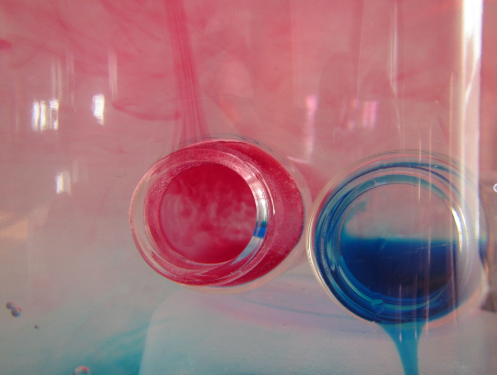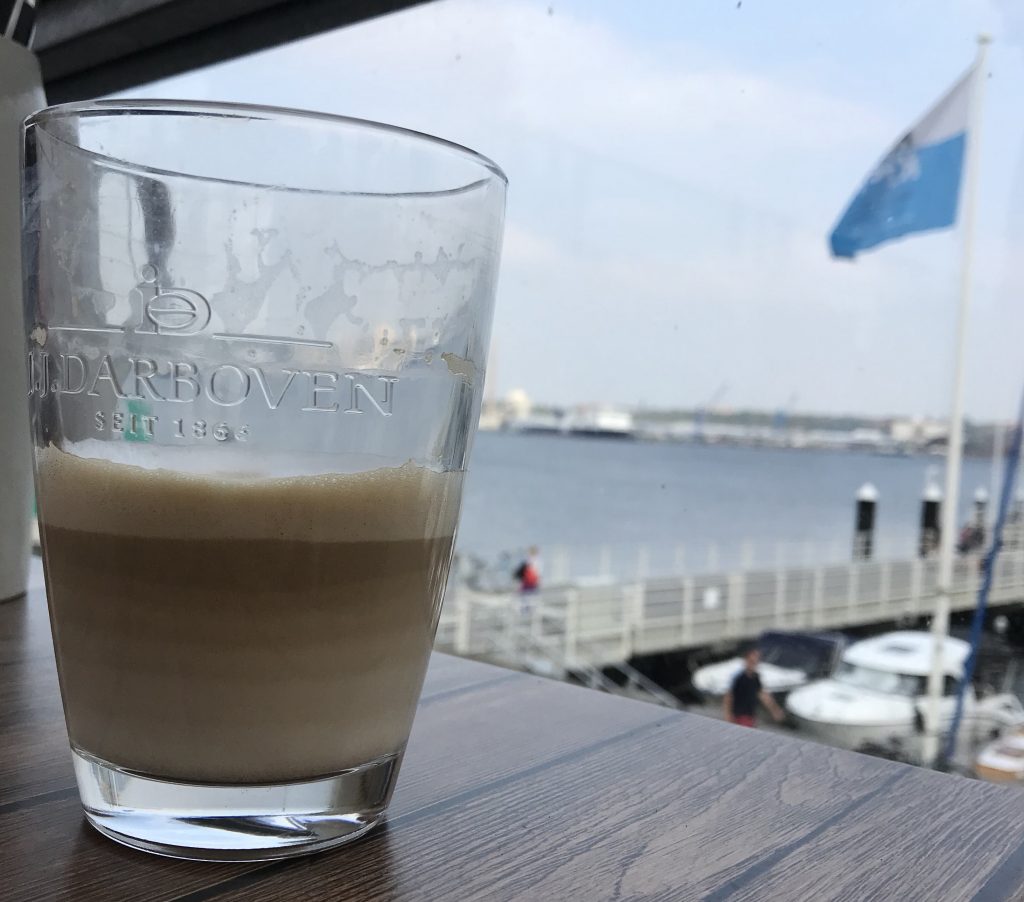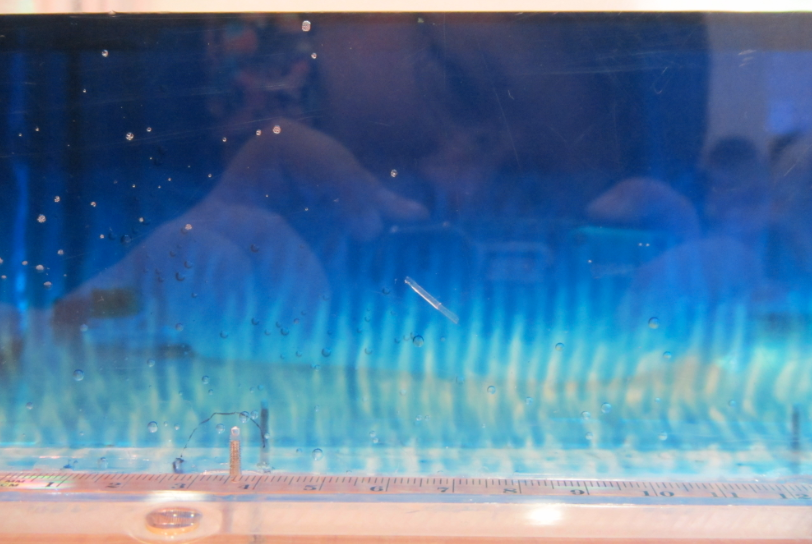/ˈkɪtʃɪn ˌəʊʃəˈnɒɡrəfi/
noun
Kitchen oceanography is where my blog “Adventures in oceanography and teaching” — and my passion for science communication! — started. Here are definitions of the two most common meanings.
1. Experiments on processes related to the ocean that can be done using only household items.
Kitchen oceanography is an extremely useful type of experiments on oceanographic processes: those that can be done using exclusively equipment that can be found in most kitchens, that is thus readily available at any time and any place, cheap to purchase or replace, as well as easily transportable to use for example in (primary!) school lessons, university classes, conference presentations, workshops, or skiing cabins.
Kitchen oceanography is the ultimate answer to any claim that experiments are just too much of a hassle to run or show in any kind of setting.
Typical kitchen oceanography equipment includes plastic cups or glasses as vessels to hold the experiment, tap water of which the density is modified using table salt or different temperatures, ice cubes to provide cooling or very cold fresh water, food dyes to act as tracers to visualize flow pattern, straws used as pipettes.
Processes that can be shown using kitchen oceanography experiments include density driven currents, overturning circulation, double-diffusive mixing, vortex streets, properties of freshwater and saltwater ice, effects of density on stratification, effects of pressure on solubility, and many more.
If a wider definition of kitchen oceanography is used to include household items commonly stored outside of the kitchen, yet inside the house, hairdryers, bike pumps etc lead to many more possible experiments.
See all blogposts fitting this definition of kitchen oceanography here.

Using only luke-warm, hot, and cold water, and two different food dyes and you can create this!
2. Observing oceanographic processes in, or during the preparation of, food and drinks.
In its stricter definition, kitchen oceanography is almost even more fun: now it’s oceanographic processes that can be observed accidentally in your kitchen or your foods and drinks anywhere.

Observing mixing of cream and tea — notice the vortex rings?
Typical processes that can be observed in this kind of kitchen oceanography include processes related to ocean circulation, density stratification, mixing of fluids, salinity of sea water, ice formation, but also visualize methods like e.g. ice coring.
Kitchen oceanography is the ultimate answer to anybody who thought bringing you away from your lab might make you stop talking about oceanography.
See all blogposts fitting this stricter definition of kitchen oceanography here.

Observing layers in a latte can teach you so much about double-diffusive mixing processes in the ocean! And as you see in the picture, this is not a laboratory setting and most people would probably assume that they would be safe from oceanography talk here :-)

